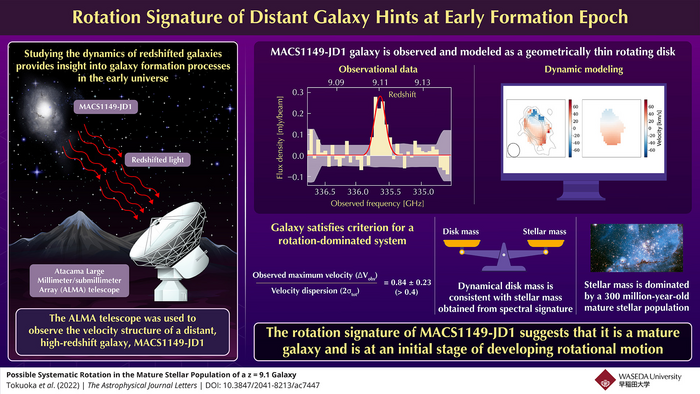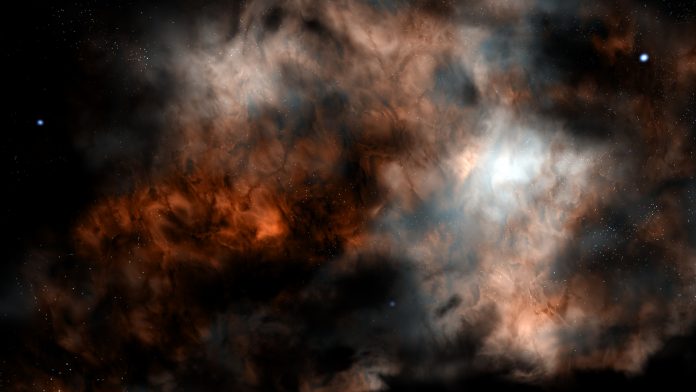Distant galaxies are coming closer into view with the help of more advanced and powerful telescopes, but what do we understand about them?
Some of the earliest galaxies to form in our universe that began to recede away from us as the universe expanded are being tracked. Researchers have pointed out that the further the distance, the faster a galaxy appears to move away from us.
According to scientists, we have the ability to estimate how fast a galaxy is moving, and in turn, when it was formed based on how “redshifted” its emission appears. A redshift is a displacement of the spectrum of an astronomical object toward longer (red) wavelengths. This is similar to a phenomenon called “Doppler effect,” where objects moving away from an observer emit the light that appears to shift towards longer wavelengths to the observer.
Observing redshifts in galaxy emissions
The Atacama Large Millimeter/submillimeter Array (ALMA) telescope located in the midst of the Atacama Desert in Chile is particularly well-suited for observing such redshifts in galaxy emissions.
A team of international researchers from Waseda University, Japan, University of Tsukuba, Japan, University College London, and University of Cambridge, UK, have observed redshifted emissions of a distant galaxy, MACS1149-JD1, referred to at JD1. These findings have led to a number of interesting conclusions, “beyond finding high-redshift, namely very distant, galaxies, studying their internal motion of gas and stars provides motivation for understanding the process of galaxy formation in the earliest possible universe,” explains Professor Richard S. Ellis. Published in The Astrophysical Journal Letters, the team explore these findings further.
Distant galaxies and their formation
Galaxy formation begins with the accumulation of gas and proceeds with the formation of stars from that gas. With time, star formation progresses from the centre outward, a galactic disk develops, and the galaxy acquires a particular shape.
As star formation continues, newer stars form in the rotating disk while older stars remain in the central part. By studying the age of the stellar objects and the motion of the stars and gas in the galaxy, it is possible to determine the stage of evolution the galaxy has reached.
Over a period of two months, the team of astronomers were able to successfully measure small differences in the “redshift” from position to position inside the galaxy – these results allowed them to find that JD1 satisfied the criterion for a galaxy dominated by rotation. Once agreeing on this, they modelled the galaxy as a rotating disk and found that it reproduced the observations very well.
The calculated rotational speed was about 50 kilometres per second, which was compared to the rotational speed of the Milky Way disk of 220 kilometres per second. The team also measured the diameter of JD1 at only 3,000 light-years, much smaller than that of the Milky Way at 100,000 light-years across.

The significance of their result is that JD1 is by far the most distant and, therefore, earliest source yet found that has a rotating disk of gas and stars. Together with similar measurements of nearer systems in the research literature, this has allowed the team to delineate the gradual development of rotating galaxies over more than 95% of our cosmic history.
“JD1 is by far the most distant and, therefore, earliest source yet found that has a rotating disk of gas and stars.”
“The rotation speed of JD1 is much slower than those found in galaxies in later epochs and our Galaxy and it is likely that JD1 is at an initial stage of developing a rotational motion,” says Professor Akio Inoue. With the recently launched James Webb Space Telescope, the astronomers now plan to identify the locations of young and older stars in the galaxy to verify and update their scenario of galaxy formation.











